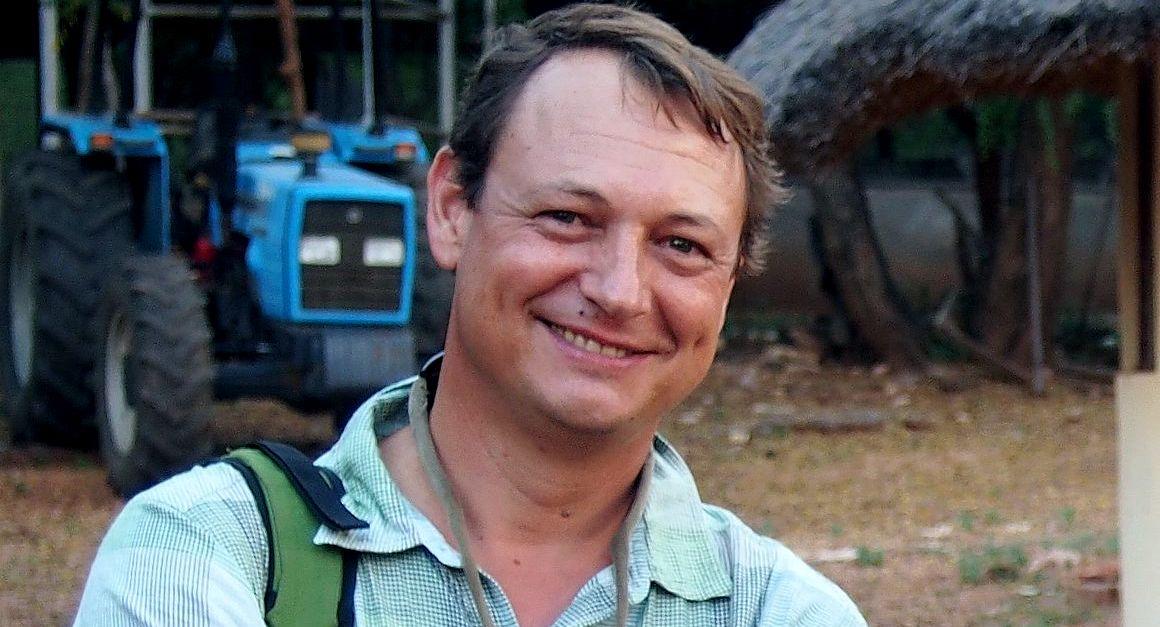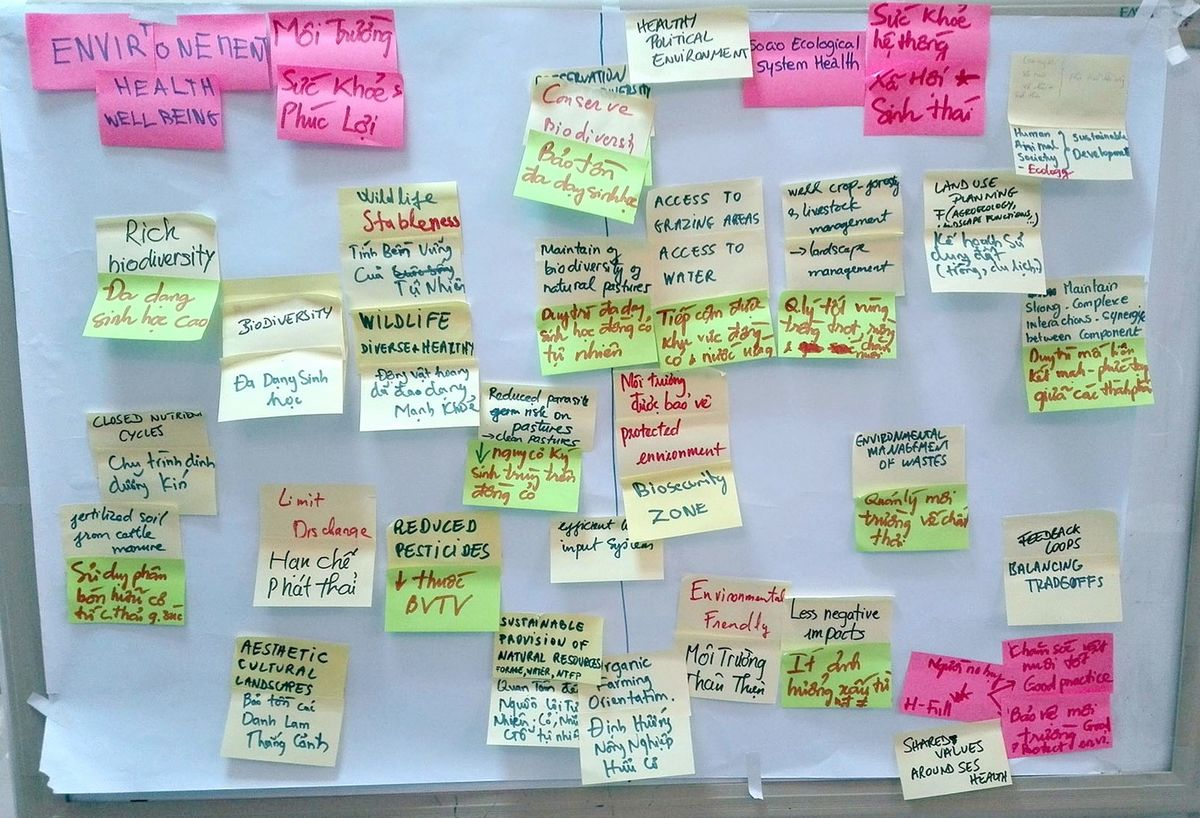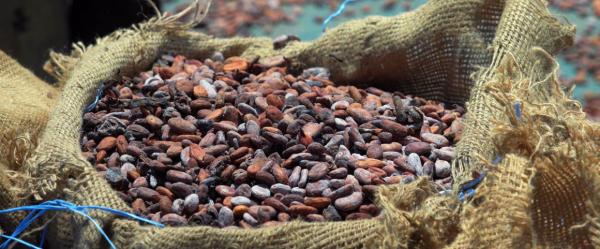Expert view 30 September 2025
- Home
- CIRAD news
- News
- Michel de Garine-Wichatitsky: biodiversity and health of territories
Michel de Garine-Wichatitsky: "Safeguarding biodiversity to preserve the health of people and territories"

Michel de Garine-Wichatitsky, ecologist and veterinarian at CIRAD, in the field in Zimbabwe © DR
The links between health, biodiversity and agriculture are now proven. What does this mean in practical terms?
Michel de Garine-Wichatitsky: These aspects are linked in many ways, as shown by several recent studies. One of the most emblematic, best documented examples is the emergence of Nipah virus. The disease was first identified in 1999 during an epidemic among livestock farmers in Malaysia. The establishment of intensive pig farms and fruit tree orchards on the fringes of natural forests was a determining factor in the appearance of this new disease. Bats, the primary reservoir of the virus, left the forest to feed on the fruit. They contaminated the nearby pigs, which in turn passed on the virus to farmers. After causing 265 cases in humans, 105 of them fatal, the epidemic was eventually halted by slaughtering more than a million pigs. This is a prime example of how a change in farming practices can disrupt the interfaces between natural and cultivated ecosystems and eventually trigger the emergence of a new disease.
So preserving biodiversity reduces the risks of disease emergence?
M. G-W.: Yes. Broader biodiversity reduces pathogen circulation, hence the risks of the emergence of new diseases. This is known as the dilution effect. In an ecosystem in which a wide variety of species cohabit, population levels are regulated by predators or by competition with other species. Moreover, the greater the diversity of species interacting with each other, the greater the risk of pathogens being transmitted to "resistant" species. Viruses and bacteria are this "diluted" within this complex system.
Conversely, in degraded ecosystems, pathogens are no longer diluted. They circulate more freely, which increases the probability of the appearance of new diseases, whether human, animal or plant, and fosters their transmission to new populations.
This is the core of the One Health concept, which links human, animal, plant and ecosystem health...
M. G.-W.: Yes. The concept emerged with avian influenza and our increasing realization that the health of wild and domestic animal species is interlinked. The Covid-19 crisis subsequently saw the coming of age of the One Health concept.
You yourself go even further, by recommending extending One Health to cover territories as a whole. Why?
M. G-W.: Because health is not just a matter for doctors and veterinarians. The factors that trigger disease emergence are not just biological, but social, economic and cultural. One Health/EcoHealth approaches have changed a lot over the past two decades. They initially centred on the medical and veterinary sciences and on zoonoses, but have gradually stretched across new disciplines and sectors, to take better account of how human activity impacts on health. This is why, with my colleagues and partners, we talk about territory health or socio-ecosystem health. Understanding the links between the different players within a territory, their activities, and integrated human, plant, animal and ecosystem health forms the core of the Santé et Territoires project (see box) coordinated by CIRAD.
So what exactly is a "healthy" territory?
M. G-W.: For epidemiologists, it is a region in which pathogens do not circulate easily and emerging diseases are unlikely to spread. However, we can also talk in terms of "resilient" territories. What we need to bear in mind is that health, like resilience for that matter, is a social construct fashioned by the environment and solidly anchored in the culture and history of a given population. The definition of a healthy or resilient socio-ecosystem therefore differs from one place to another. It must necessarily take account of various viewpoints, all of which are legitimate: local communities, farmers, water services, conservation organizations, decision-makers, experts (doctors, veterinarians, ecologists, epidemiologists, social science specialists,) etc.
You suggest a practical framework for managing healthy socio-ecosystems. What are the broad outlines?
M. G-W.: This practical framework centres on a participatory, contextual and dynamic definition of ecosystem health. It encourages the active involvement of local communities and of the agricultural, public and veterinary health and environment sectors. The stakeholders must agree on shared objectives for managing socio-ecosystems that are both healthy and sustainable. Those objectives may be very varied: limiting the extent of a disease within a herd, guaranteeing an income above a certain threshold for a given level of production, capping household spending on health, preserving the diversity in community forests, etc.
Does it work?
M. G-W.: The initial feedback from the field, in Vietnam and France, suggests that health is a powerful lever for reconciling various sectors of activity and reaching a consensus that favours the management of healthy, sustainable territories. The Santés & Territoires project is currently implementing this practical framework in Senegal, Benin, Laos and Cambodia.
One of the specificities of this approach is that it does not try to measure the resilience of socio-systems, but to ensure that its evolution remains within the "viability domain" defined by the stakeholders concerned. This involves negotiated indicators, discussed and chosen by the players in line with shared objectives set previously. It means development decision-makers and players accepting paradigm shifts and changes in postures. They must also subscribe to the belief that human, animal and ecosystem health must be negotiated, that local communities are indispensable co-creators of positive ways towards greater sustainability, and that engaging in this process, with uncertain outcomes and assessed through co-constructed indicators, is worth supporting.
The Santés & Territoires project is taking a fresh look at the interdependence of environments and societies. It was launched in September 2021 to run for five years, and aims to use health as a lever for fostering agroecological transitions in Senegal, Benin, Laos and Cambodia. The project is coordinated by CIRAD and co-funded by AFD and the European Union (DeSIRA programme), to the tune of 6 million euros.




























